Intramuscular stimulation (IMS) or dry needling is an effective and safe practice frequently used by physiotherapists to help treat a variety of injuries. If you have never had IMS treatment before or you are just curious about how it works, here’s an overview of its benefits and effectiveness in rehabilitating injuries.
What is IMS?
Physiotherapists with specialized training are able to offer IMS as part of their treatment. A physiotherapist will insert a fine needle into the affected muscle or muscles to help relieve muscle tightness or contracting. It is very effective in treating soft tissue injuries, especially sports-related injuries and overuse injuries.
How Is IMS Different From Acupuncture?
Although the tools and principles of IMS are derived from acupuncture, the applications are different. Acupuncture has been around for hundreds of years, while IMS is a fairly recent innovation.
One major difference is that in acupuncture, needles are inserted into specific points in the body, which with IMS needles are inserted into trigger points in the muscles.
How Does iMS Work?
When a muscle or muscles are tight and contracted, they can cause pain and limit your range of motion often resulting in an injury.This will create a small wound within the muscle which will stimulate blood flow and allow the muscle to relax and start healing. Often the patient will feel a twitch or deep ache within the muscle.
Often treatments are spread out over a period of a few weeks to allow the body sufficient time to heal and recover.
What can be treated with IMS?
A wide range of issues and injuries can be treated with IMS, such as:
Sports Injuries
Tendonitis or Bursitis
Chronic Pain
Iliotibial Band Syndrome
Shin Splints
Neck Pain
Achilles Tendonitis
Plantar Fascitis
Recurrent or Persistent Injuries
Repetitive Strain Injuries
Carpal Tunnel Syndrome
Sciatica
Experience the Benefits of IMS Therapy
If you're dealing with persistent pain, sports injuries, or muscle tightness, Intramuscular Stimulation (IMS) could be the solution you need. Our experienced physiotherapists at COAST specialize in IMS treatments to help relieve muscle tension, promote healing, and restore mobility.
Ready to feel the difference? Book an appointment today.

